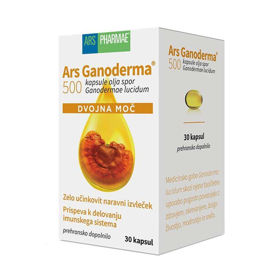Customer question:
Does the whole skeleton and body hurt with bone cancer? Anonymous customer's question
Pharmacist's answer:
In bone cancer, the pain is usually not spread throughout the body and skeleton but localized to the affected bone. This pain may be occasional and mild at first but then become constant and intense. The pain is often worse at night or during activity. You may notice swelling, a bump, or tenderness where the tumor is. The tumor may also cause redness or a feeling of warmth in the affected area.
Bone cancer rarely causes systemic symptoms, such as widespread pain throughout the body, fever, or night sweats. However, if bone cancer spreads (metastasizes) to other body parts, it can cause additional symptoms, depending on the area affected. You must consult a doctor for proper diagnosis and treatment if you experience bone pain that does not subside or worsens.
How painful is bone cancer?
The pain associated with bone cancer can be very intense and is often one of the first symptoms that patients notice. The nature and intensity of pain can vary depending on various factors, such as the type and location of the tumor, the size of the tumor, and the stage of the disease. Bone cancer pain is usually treated with analgesics, including NSAIDs, opioids, and other types of pain medications. In some cases, adjuvant drugs such as antidepressants or anticonvulsants are also used to help manage chronic pain.
Radiotherapy can help reduce pain by reducing the size of the tumor and, thus, the pressure on surrounding structures. Surgical removal of the tumor can significantly reduce pain, especially if the tumor is putting pressure on nerves or other painful structures. Physiotherapy and rehabilitation can help manage pain and improve mobility. For advanced bone cancer, palliative care is primarily focused on relieving symptoms and improving quality of life. Modern methods of pain management can significantly help to reduce discomfort.
Interesting reading: Bone cancer's last stage













